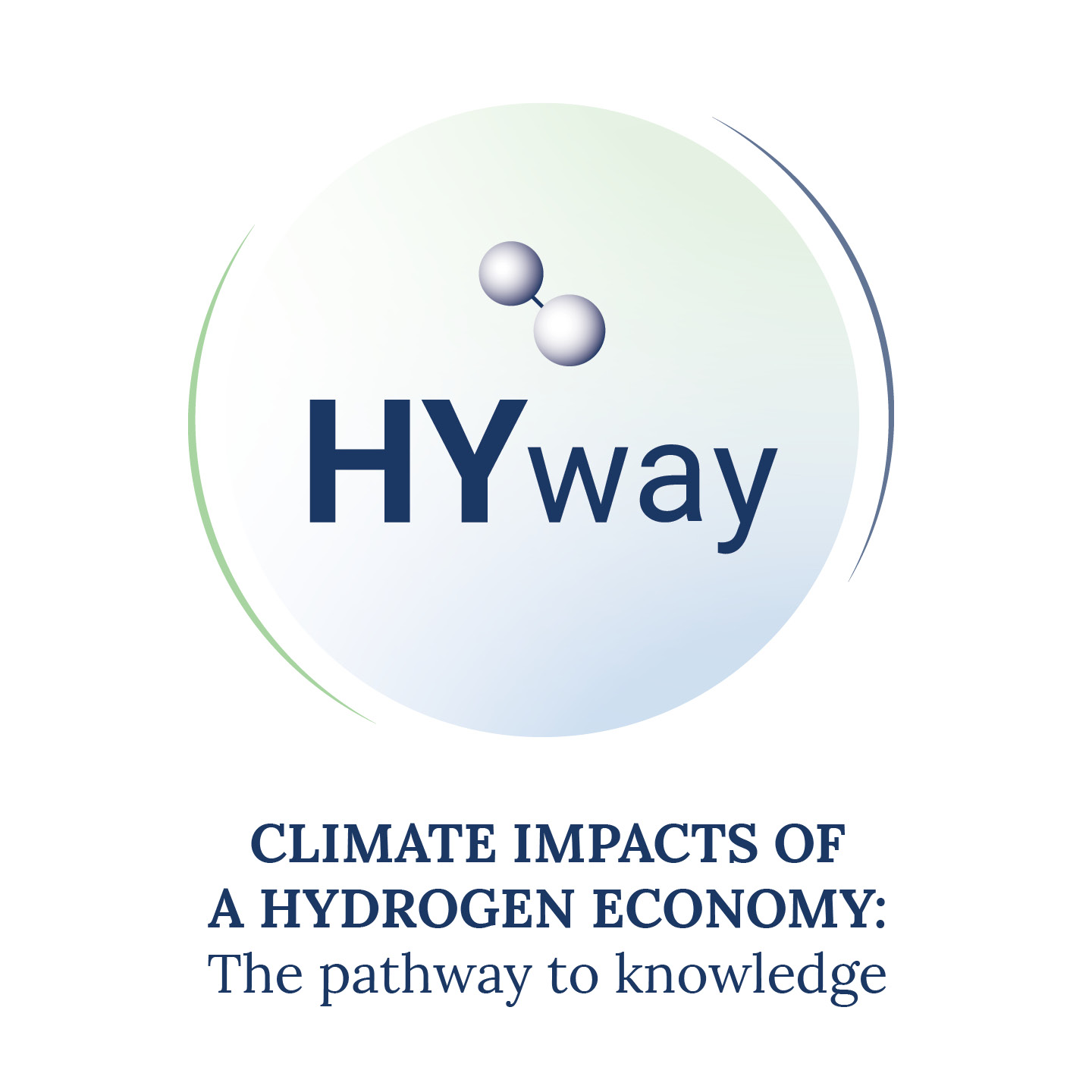
The HYway project is investigating the effects of hydrogen emissions on the climate and the environment. The aims of the project are to enhance understanding of hydrogen sources and sinks, the quantification of emissions, to evaluate climate impacts, and to facilitate industry collaboration.
The HYway project aims to be the most comprehensive study on the environmental effects of large-scale hydrogen usage. Through a series of interconnected work packages and coordinated efforts, HYway aims to provide comprehensive insights into the hydrogen economy's environmental implications and foster effective communication between scientific and industrial stakeholders. The findings will provide policymakers with critical information for the transition to a low-carbon economy.
Main Objectives of HYway:
- Hydrogen budget: Refinement of the current and pre-industrial hydrogen budget and development of a strategy to improve monitoring of hydrogen concentrations in Europe.
- Impacts of hydrogen emissions: Quantify the impact of hydrogen on atmospheric composition and radiative forcing by methane, stratospheric water, ozone and aerosols.
- Soil uptake and leakage: Improving the understanding of soil uptake of hydrogen and assessing leakage rates.
- Emission inventories: Development of detailed inventories for current hydrogen emissions.
- Future hydrogen economy: Creation of realistic scenarios for a future hydrogen economy and assessment of climate and environmental impacts.
IIASA co-leads two work packages, WP2 on the quantification of leakages and emissions and WP6 on the development of future scenarios for a hydrogen economy. The GAINS model will be extended to conduct a bottom-up assessment of hydrogen leakage in alternative energy sector solutions. The MESSAGEix will be employed to develop alternative hydrogen economy scenarios and the OSCAR simplified climate model will be applied for transient simulations of per-species and total effective radiative forcing and temperature change in a range of future hydrogen economy scenarios.
Project Partners:
- CICERO Senter for klimaforskning (CICERO, Norway) - Coordinator
- Centre National de la Recherche Scientifique (CNRS, France)
- Commissariat à l’Energie Atomique (CEA, France)
- Deutsches Zentrum für Luft- und Raumfahrt (DLR, Germany)
- International Institute for Applied Systems Analysis (IIASA, Austria)
- Koninklijk Nederlands Meteorologisch Instituut (KNMI, Netherlands)
- Lunds Universitet (ULUND, Sweden)
- Meteorologisk Institutt (METNO, Norway)
- The Cyprus Institute (CYI, Cyprus)
Associated Partners:
- The University of Edinburgh (UEDIN, United Kingdom)
- The University of Reading (UREAD, United Kingdom)
- University of Leeds (UNIVLEEDS, United Kingdom)
Funding acknowledgements
Funded by the European Union under grant agreement No.101137582. Views and opinions expressed are however those of the author(s) only and do not necessarily reflect those of the European Union or HORIZON-RIA - HORIZON Research and Innovation Actions. Neither the European Union nor the granting authority can be held responsible for them.





